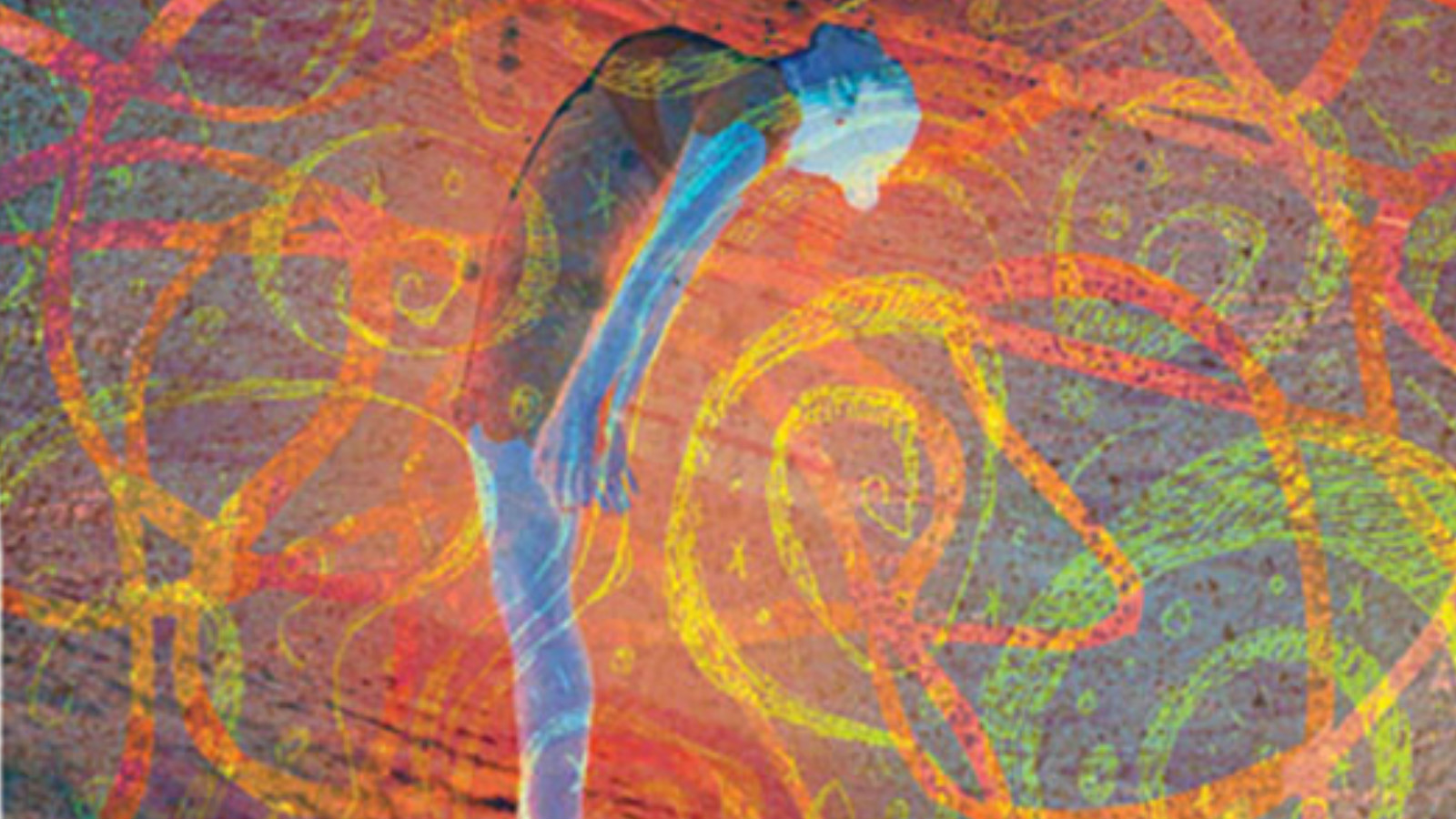The following is a summary issued by the Rabbinical Assembly, the association of Conservative rabbis, to summarize the Conservative movement’s positions on end-of-life issues. In the Rabbinical Assembly’s Committee on Jewish Law and Standards (CJLS)–which decides issues of halakhah (Jewish law)–multiple legal opinions on a single topic may be accepted if each receives a certain amount of support among committee members.
On Dec. 12, 1990, the CJLS debated two papers submitted by Rabbis Elliot Dorff and Avram Israel Reisner, members of the CJLS’ sub-committee on biomedical ethics, on end-of-life issues. Both papers were adopted by the Committee, Rabbi Dorff’s by a vote of 11-2-5, Rabbi Reisner’s by a vote of 13-14 (members were given the option of voting for both papers). Thus both positions are valid views. The key points of each are summarized below.
However, the papers are very detailed and complex, and what follows cannot substitute for careful study of the authors’ writings. Both papers, as well as two responses from other sub-committee members, appear in the Spring 1991 issue of Conservative Judaism.
The Rabbinical Assembly has also published a living will, entitled Advanced Medical Directives. This living will is accessible here.
With your help, My Jewish Learning can provide endless opportunities for learning, connection and discovery.
Rabbi Dorff’s Position
The key category for dealing with end-of-life issues is the terefah [a halakhic designation for someone who has an incurable disease but may life for an extended period].
a. When the patient has an irreversible, terminal illness, medications and other forms of therapy may be withheld or withdrawn. Artificial nutrition and hydration may be considered a sub-category of medication in such circumstances, and therefore may also be withheld or withdrawn.
b. The category of terefah may also be applied to the person in a permanent vegetative state, and it would be permissible to remove artificial nutrition and hydration.
c. Terminally ill persons may, if they choose, engage in any medical regimen which has the slightest chance of reversing their prognosis. So long as the intention is to find a cure, they may do so even if they thereby simultaneously increase the risk of hastening death.
d. Jewish law includes permission for the patient to refuse any treatment he/she cannot bear, including forms of therapy which, though life-sustaining, the patient judges not to be for his/her benefit.
e. Terminally ill patients may choose hospice or home care.
f. A patient may reject CPR and/or issue a DNR [Do Not Resuscitate] order when these measures are unlikely to restore the patient to meaningfully healthy life.
g. Pain medication may continue even if its probable effect is to hasten the patient’s death.
(Teshuvah by Rabbi Elliot Dorff: http://www.rabbinicalassembly.org/teshuvot/docs/19861990/dorff_care.pdf.)
Rabbi Reisner’s Position
The critical category for dealing with terminally ill patients is the goses [a halakhic designation for a terminally ill patient expected to die within 72 hours].
a. That which is of the body, of natural function, should be allowed to function. Thus, the withholding or withdrawing of medication, nutrition, or hydration is prohibited, so long as they are believed to be beneficial for the prolongation of life. That which is not of the body, but rather which mechanically reproduces, supersedes or circumvents the body’s functions (for example, respirators, mechanical pumps, blood purifiers), may be removed as an impediment to death.
b. Feeding tubes may not be removed from those in persistent vegetative states, as they are not terminally ill.
c. The patient has autonomy to choose between treatment options in a situation where risk and uncertain prognosis exist. If, however, a particular treatment guarantees a cure, it may not be refused. The only choice which is barred is the choice to die.
d. Terminally ill patients may choose hospice or home care.
e. A patient may reject CPR and/or issue a DNR order when these measures are unlikely to restore the patient to meaningfully healthy life.
f. Pain treatment should be pursued, but pain medication must be capped at that point at which its probable effect would be to hasten the patient’s death.
(Teshuvah by Rabbi Avram Israel Reisner: http://www.rabbinicalassembly.org/teshuvot/docs/19861990/reisner_care.pdf.)
Reprinted with permission of the Rabbinical Assembly.
Sign up for a Journey Through Grief & Mourning: Whether you have lost a loved one recently or just want to learn the basics of Jewish mourning rituals, this 8-part email series will guide you through everything you need to know and help you feel supported and comforted at a difficult time.
Looking for a way to say Mourner’s Kaddish in a minyan? My Jewish Learning’s daily online minyan gives mourners and others an opportunity to say Kaddish in community and learn from leading rabbis.



